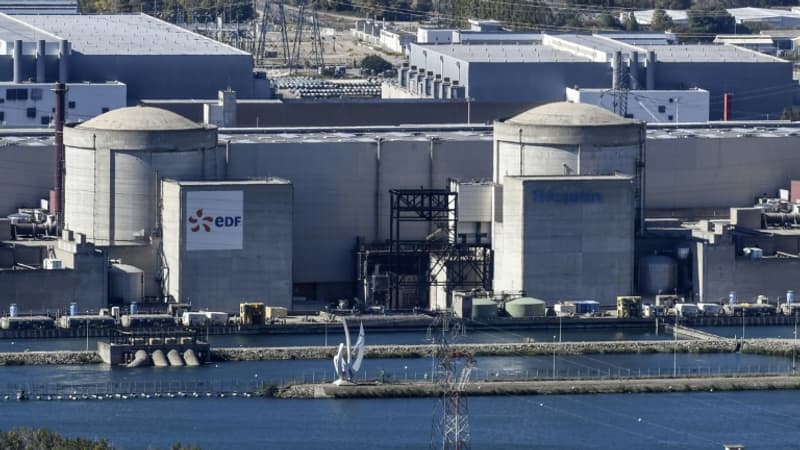Our energy barometer for this week of September 19 arrives in a particular context a few days after the Government press conference on the energy situation in which Elisabeth Borne, Bruno Le Maire and Agnès Pannier-Runacher spoke. Earlier in the day on Wednesday, the electricity transmission system operator RTE also held a press conference to present its outlook for the electricity system for the winter of 2022-2023.
While Russian gas imports have plummeted in the last six months as in all parts of Europe, France is preparing to face “an exceptional energy situation”, in the words of the head of government. Therefore, its gas stocks rise again for the fourth consecutive week since the establishment of the BFM Business energy barometer. Filled to 90% on August 29, it is now 95% full with a slight increase of 1 point in a week and is therefore approaching the technical maximum.
No improvement on the side of nuclear reactors and dams
The rest of the energy infrastructures have shown little change in recent days. The water level in the reservoirs remains at 63%, well below the usual level at this time of year, which is around 76%. This gap in the second source of electricity supply after nuclear power is mainly due to the drought that has characterized the last few months and has limited the filling of reserves. Representing 12% of the electricity produced, the dams are essential to overcome consumption peaks in winter.
Precisely on the side of nuclear reactors, there are still 27 to stop like last week. While EDF management promised on Wednesday to restart them over the winter, the operator restarted two this weekend a few days late. However, two others are now a month behind schedule, at Bugey (Ain) and Gravelines (North), and their relaunch has been postponed to October. Sixteen reactors are yet to be shut down on November 1, nine in December and five in January.
Source: BFM TV


